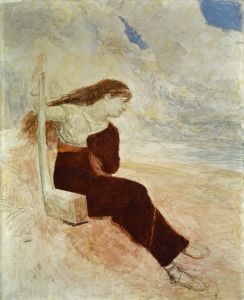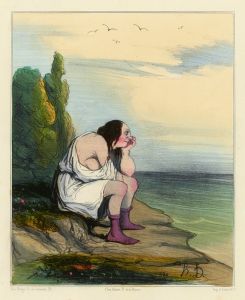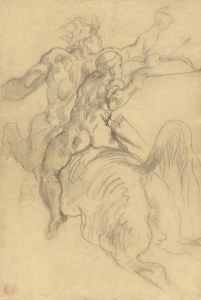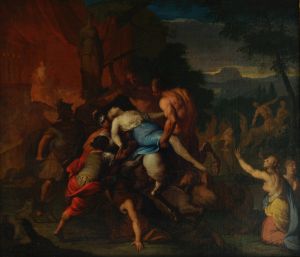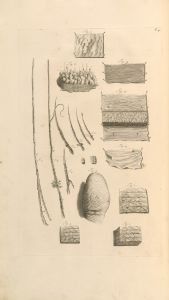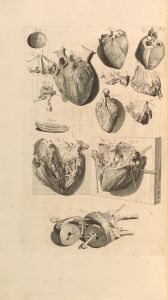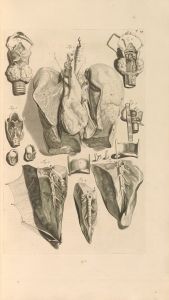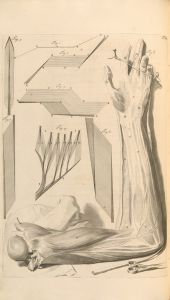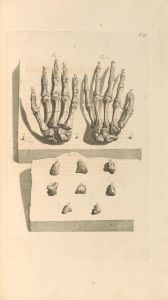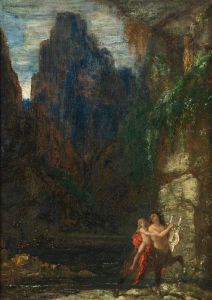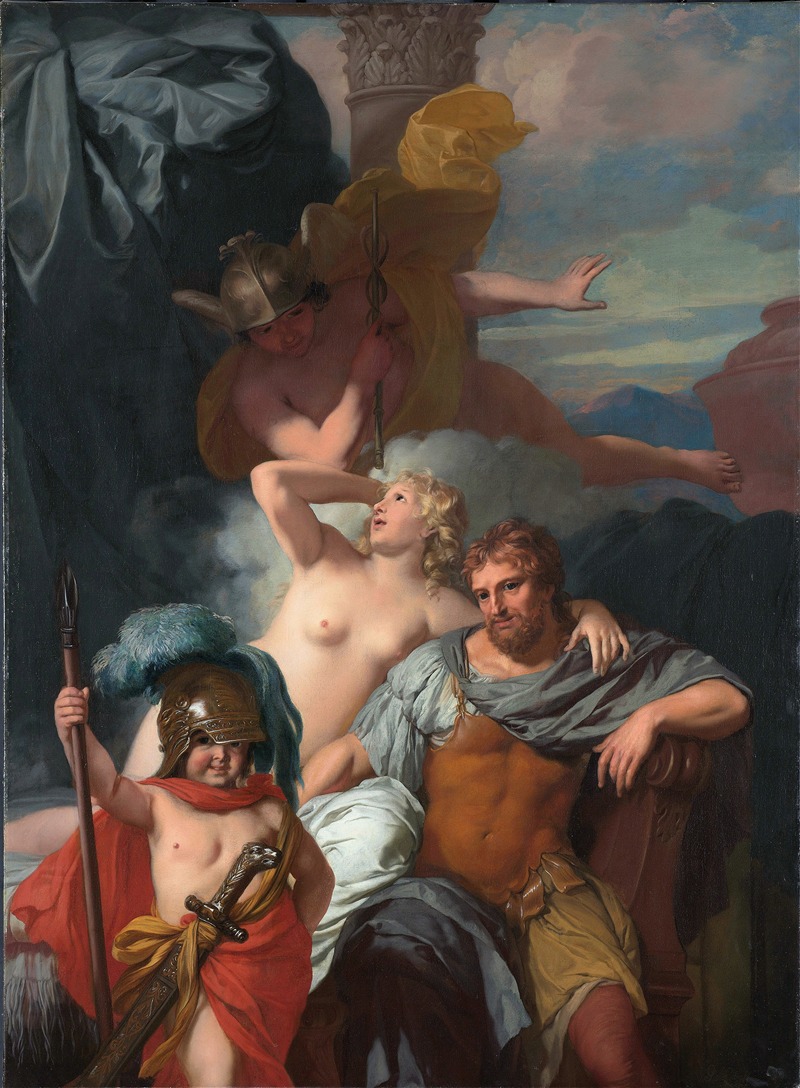
Mercury Ordering Calypso To Release Odysseus
A hand-painted replica of Gerard de Lairesse’s masterpiece Mercury Ordering Calypso To Release Odysseus, meticulously crafted by professional artists to capture the true essence of the original. Each piece is created with museum-quality canvas and rare mineral pigments, carefully painted by experienced artists with delicate brushstrokes and rich, layered colors to perfectly recreate the texture of the original artwork. Unlike machine-printed reproductions, this hand-painted version brings the painting to life, infused with the artist’s emotions and skill in every stroke. Whether for personal collection or home decoration, it instantly elevates the artistic atmosphere of any space.
Gerard de Lairesse's painting Mercury Ordering Calypso to Release Odysseus is a work by the Dutch Golden Age artist, known for his classical and allegorical themes. The painting depicts a scene from Homer’s Odyssey, one of the most famous works of ancient Greek literature. In this particular episode, the god Mercury (Hermes in Greek mythology) is sent by Zeus to the nymph Calypso to command her to release Odysseus, who has been held captive on her island, Ogygia, for several years.
The painting reflects de Lairesse's interest in classical mythology and his ability to translate literary themes into visual art. De Lairesse was heavily influenced by the classical ideals of harmony, balance, and clarity, which are evident in this work. The composition likely emphasizes the interaction between the divine messenger Mercury and the nymph Calypso, with Odysseus possibly depicted in the background or as a secondary figure, as the focus is on the divine intervention that sets the hero’s journey back on course.
Gerard de Lairesse (1641–1711) was a prominent painter, art theorist, and engraver in the Netherlands. Born in Liège, he moved to Amsterdam, where he became a leading figure in the art world. His works often drew on themes from classical mythology, history, and literature, reflecting the intellectual and cultural interests of his time. De Lairesse's style was influenced by French classicism, particularly the works of Nicolas Poussin and Charles Le Brun, and he became known for his refined and idealized approach to painting.
The exact date of Mercury Ordering Calypso to Release Odysseus is not definitively documented, but it is consistent with de Lairesse's mature period, during which he produced many works inspired by classical antiquity. The painting is an example of the Baroque era's fascination with mythological subjects and the use of art to convey moral and philosophical ideas.
As of now, the current location of the painting and its provenance are not widely documented in public records. Gerard de Lairesse's works are held in various collections, including museums and private holdings, but specific details about this painting's history remain unclear.
This painting is a testament to de Lairesse's skill in combining narrative storytelling with the aesthetic principles of his time, making it a notable example of Dutch Baroque art.






